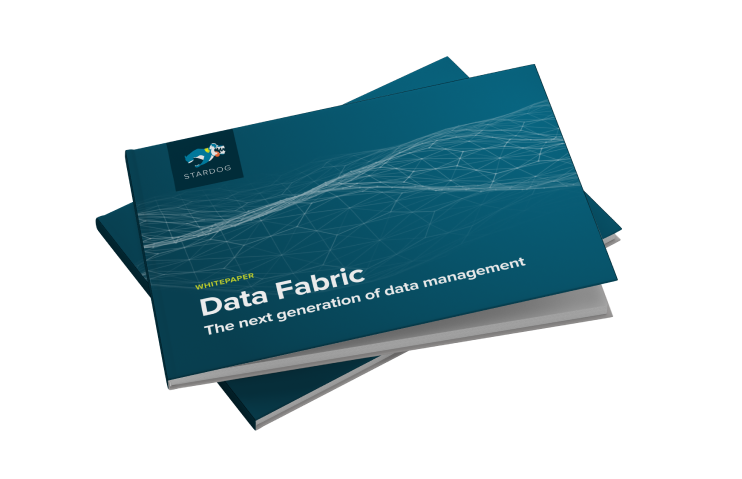Data Fabric: The Next Generation of Data Management
Build a data fabric to power collaborative, cross-functional projects and products. Escape reactive workflows with a resilient digital foundation.
Free downloadStardog is more than a graph database
In contrast to the relational system, which stores data in rows and columns, semantic graph organizes information using nodes and edges to represent entities and the relationships between those entities. A graph database is a place to store this graph data.
Graph databases were designed for data storage, whereas Stardog’s Enterprise Knowledge Graph platform is designed for data management. The incorporation of inference and virtualization, leveraged atop the power of semantic technology, means Enterprise Knowledge Graph is entering an entirely different category.
Like a graph database, an Enterprise Knowledge Graph platform can rapidly traverse chains of edges to find relationships between remote, diverse pieces of data. Unlike a graph database, an Enterprise Knowledge Graph platform also has deeply integrated functionality that supports knowledge representation in the graph and enables, among other things, machine understanding. For example, while a simple graph database knows there is an interrelationship between a person node in database silo “A” and an organization node in database silo “B,” an Enterprise Knowledge Graph also understands the nature of that interrelationship.
Since an Enterprise Knowledge Graph platform can represent myriad data interrelationships, both explicit and inferred, they closely represent the real world in all its rich, inherent connectedness. As a result, enterprises can build highly sophisticated data models that accurately represent real-world operations, and users can view data from any point of interest.
Data virtualization connects the enterprise without requiring moving or copying source data. It is a cost-effective data integration technique that eliminates the expense of replicating, moving, and storing data multiple times. Data virtualization also provides access to live source data, guaranteeing that you are using the most up-to-date data every time you ask a question.
While data virtualization has skyrocketed in popularity in recent years, every standalone data virtualization platform is based on a relational data model. These systems are only as powerful as the relational model itself, which means they cannot easily connect semi-structured or unstructured data. Stardog’s virtualization capability solves this problem and is the most mature graph-based virtualization solution on the market.
Knowing that not all data can be virtualized—due to regulation or internal policy—Stardog offers both options: virtualization and graph storage to give your data owners the tool that best meets their need while still feeding your data fabric with all relevant enterprise data. Stardog delivers sub-second query times across these distributed sources all while providing a 98% cost savings over traditional approaches.
Build a data fabric to power collaborative, cross-functional projects and products. Escape reactive workflows with a resilient digital foundation.
Free download